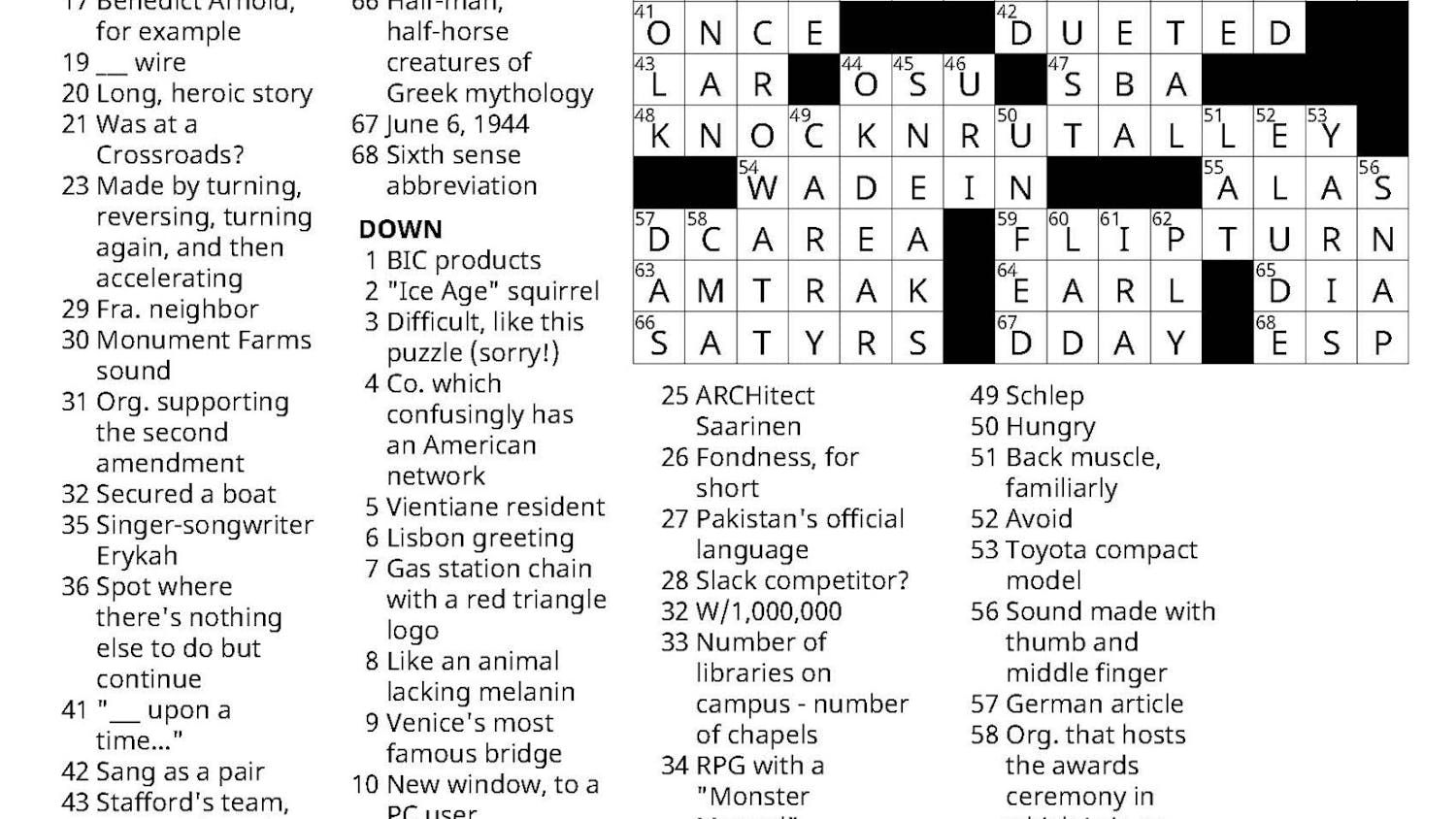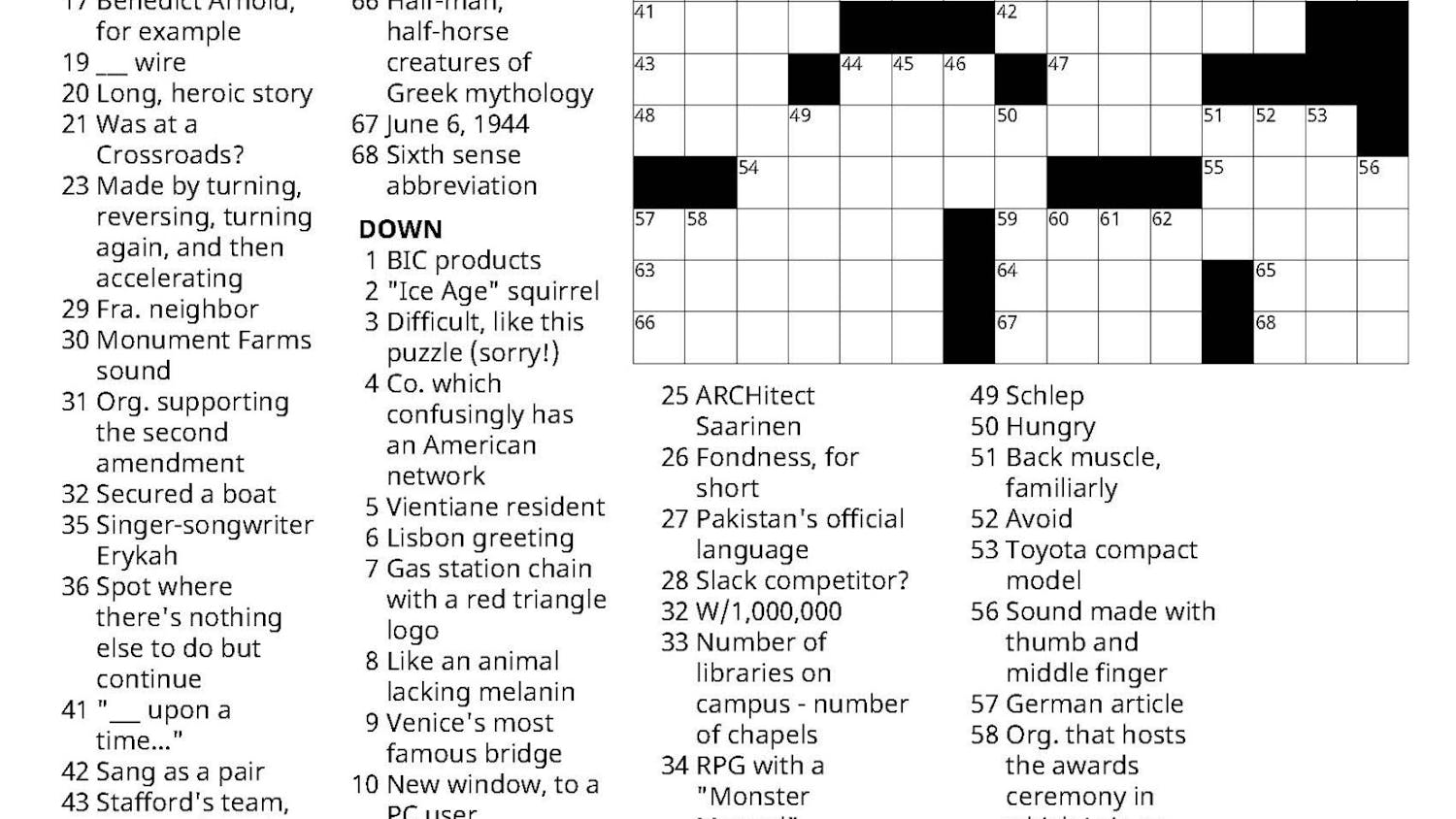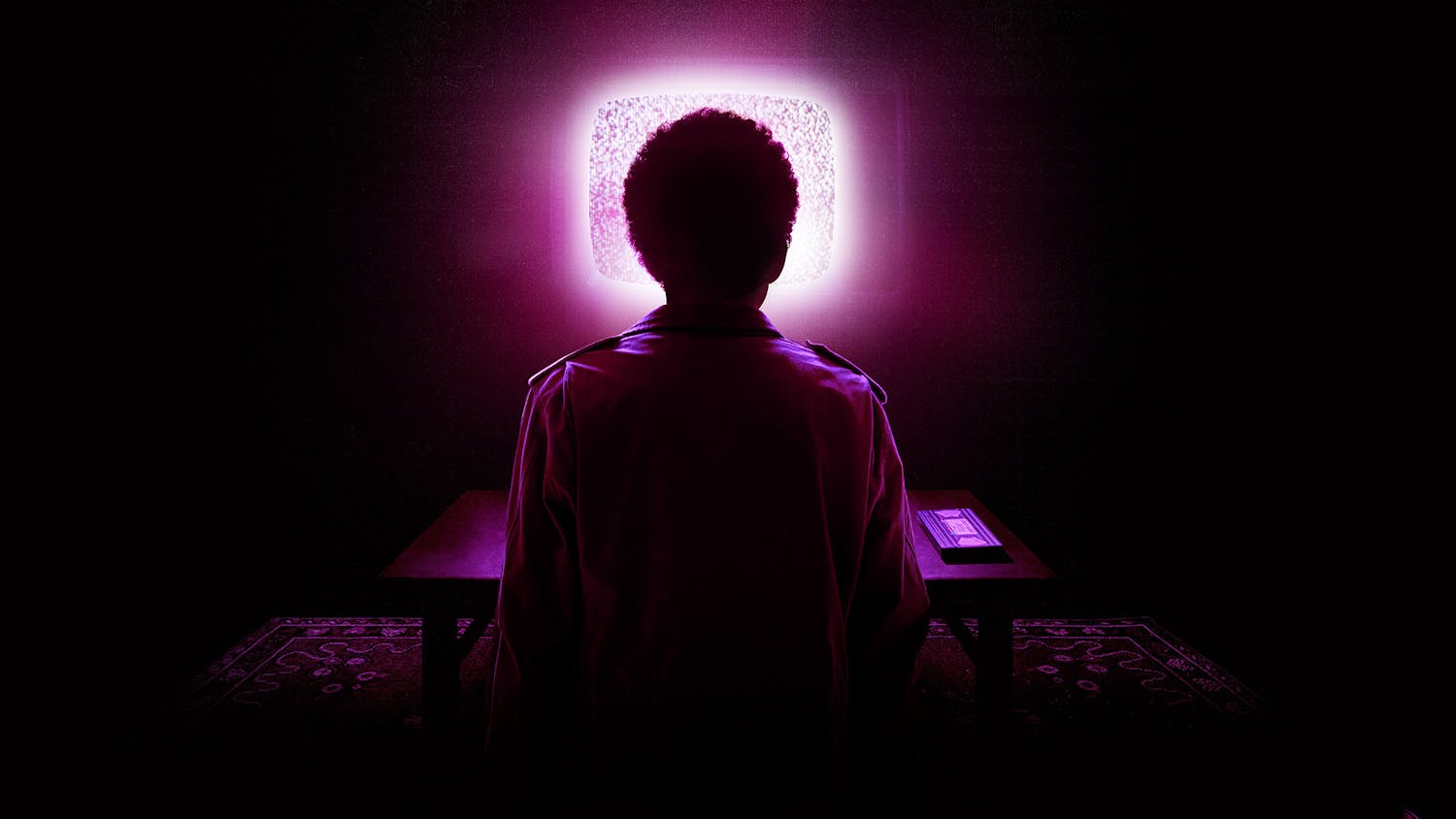Rainbow Rowell’s new novel, Carry On, takes place at Watford, a magical school hidden in Scotland for wizards living in the United Kingdom. The protagonist is 18-year-old Simon Snow, an orphan who grew up among the “normals” before the mage scooped him up and took him to Watford, where he is now finishing his eighth year. According to a prophecy, he is the “Chosen One,” destined to fight the “insidious Hundrum” and save the world of magic.
If this sounds at all familiar, it is because Carry On is a fully self-aware rip-off of Harry Potter. Now, Rowell’s world does have a few of its own conventions – for instance, some magicians use rings or belt buckles instead of wands; there is no Sorting Hat, but rather a crucible that pairs roommates; and spells are cast with an emphasis on familiar-sounding language and phrases. Ultimately, however, most aspects map quite closely to the Potter world that we all grew up with.
Fan fiction has lurked in the shadows for years, largely due to copyright concerns and the opinion of authors that it is wrong to “borrow” characters, even if the writing is more for fun than profit. The value of Carry On is that despite the familiar template, Rowell has managed to construct a tale that feels fresh and new. Enriched by its connection to a whole host of other material, this book is for the readers who feel both love and frustration toward Harry Potter, Lord of the Rings or Star Wars. Rowell alludes to the aspects that most fans love whilst directly contradicting other parts, simultaneously reflecting and challenging these beloved stories. Carry On makes up one-third of the coexisting texts on Simon Snow, joining the ranks of Gemma T. Leslie’s Canon and Rowell’s earlier Cath fanfiction novel, Fangirl.
Fantasy might seem like a surprising genre for Rowell, who is known for her best-selling young-adult novel Eleanor and Park, a love story between teenagers in 1980s Nebraska (which, needless to say, is completely devoid of wizards and elves). As such, I was wary of how Rowell would approach fantasy. However, she draws clever connections, showing that an obsessive rivalry is not so different from an obsessive crush. Simon and Baz, his vampire love interest, circle each other closely throughout the first half of the book, each hyperaware of the other’s movements.
“I can feel Snow’s eyes on the back of my head,” Baz narrates.
Then, in the next chapter, Simon thinks, “I already feel I need to know where he is at every movement.”
This are-they-enemies-or-are-they-not storyline allows Rowell to play to her greatest strength, which is less the construction of magical worlds and more so the examination of vulnerable people falling in love. By using a template already set by J. K. Rowling, Rowell can skip the world-building and delve directly into emotional analysis. It is not easy to mimic, deconstruct and remix the elements of a magical world the way that Rowell does. Alive with freshness, Carry On makes a strong case for fan fiction’s legitimacy as a literary medium.
Booking It: Carry On
Comments



